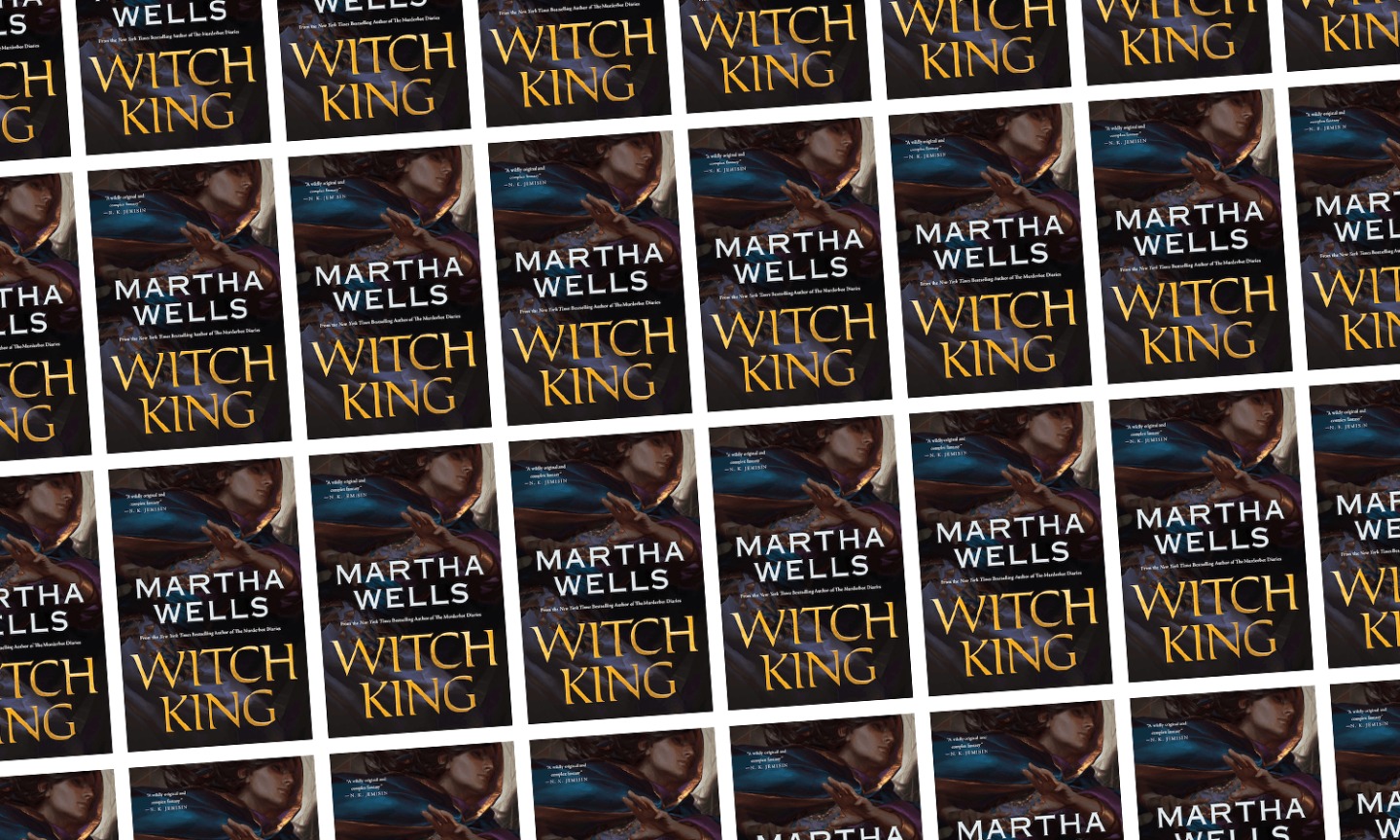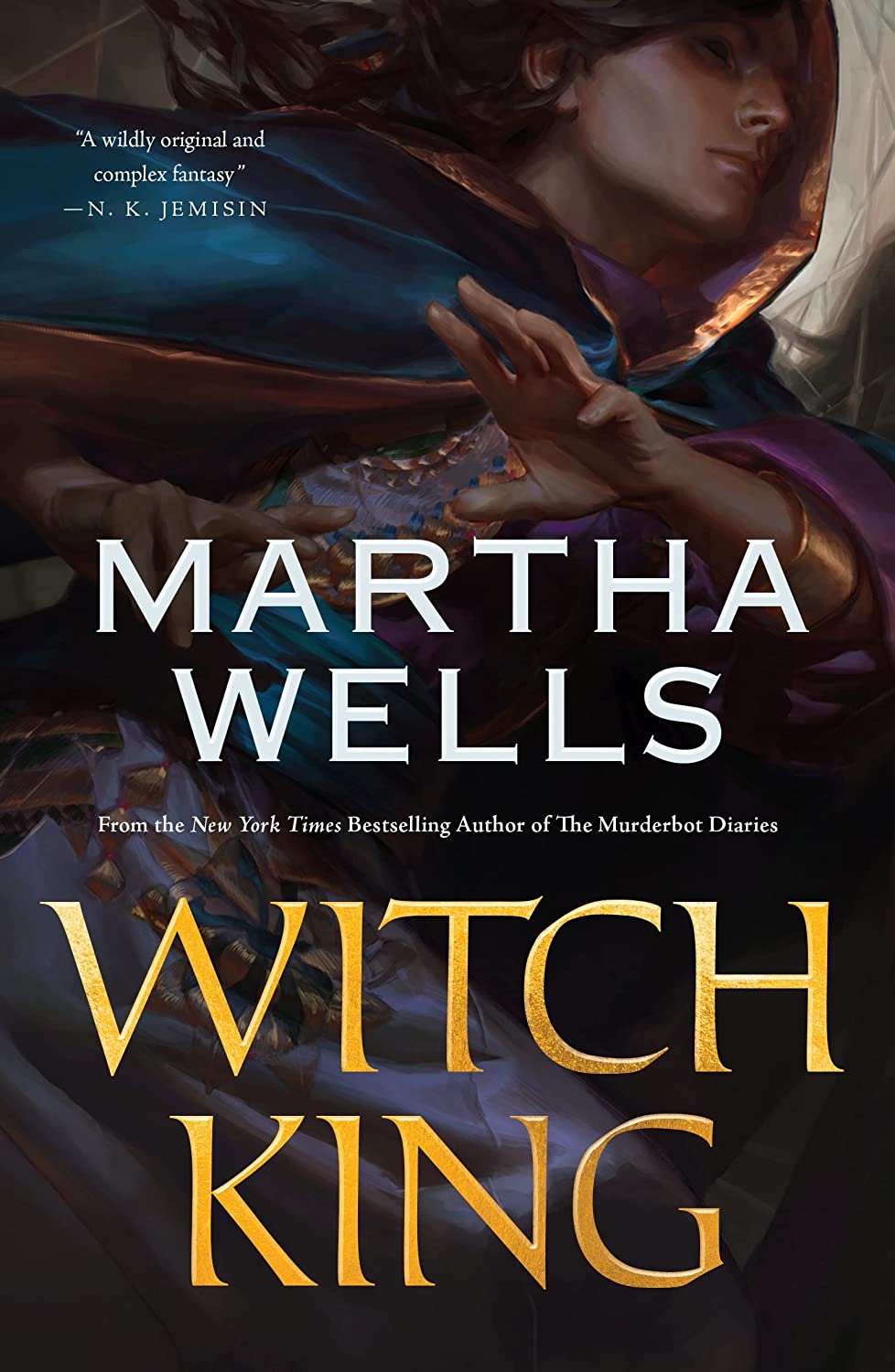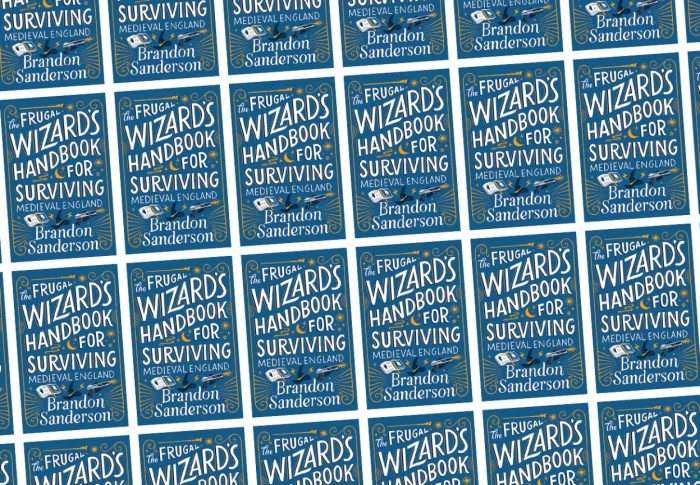
Luxurious and Crunchy Fantasy: Martha Wells’ The Witch-King
“I’ve been a Martha Wells fan since the first Murderbot Diaries book, All Systems Red. So of course, I was very excited when I heard about the Witch King. I know she’s written a lot of fantasy before, but this will be my first foray into hers. Not knowing what to expect, I dove right in. I’m happy to report that I was not disappointed.
Kaystrom, Demon, Witch-King, Prince of the Fourth Underworld, suddenly awoke from his curse of stasis when a weasel mage tried to steal Kai’s powers. During his absence, the world changed. The Rising World Federation, the federation of nations created after the bloody revolution Kai helped lead, is in danger of collapsing. On top of that, Ziede’s extremely powerful wife, Tahren, Kay’s closest best friend, is missing. Who is involved in the assassination attempt on Kay and Zid, the dangerous political intrigue, and Taron’s disappearance? Why?
With the help of two young men they rescue, a nosy historian, and some very reluctant accomplices, Kai and Zid set out to travel across the empire, from islands to oceans, from coastal ports to isolated fortresses. Their quest takes them to places Kay never wants to see again: the palace where his sworn enemies imprisoned him, where he was tortured and beaten, and where he nearly died during his escape. Someone is hunting them all, and the closer Kai and his companions get to where it all started, the greater the threat.
The world of the Witch King is rich and detailed. Wells is skilled at macroscopic and microscopic descriptions, from the majestic vistas and ruined cities to the colors embroidered on robes and the smell of muddy river banks. I can imagine every detail of Kai’s world, and I want to crawl into the page and live there. Granted, Wells doesn’t tell the reader much about the history of the world or about the gap between Kay’s time on the steppe, the brutal rise and subsequent fall of the archbishops, and the reconstruction of the world behind them. For some readers, not knowing how, why, and what the world is will be an obstacle to their enjoyment. For me, however, I don’t mind. How they got to where they are is not important; what matters is how they plan to move forward.
The plot is fairly simple: find out who’s trying to sabotage the nascent government and rescue a missing lover. At the heart of the novel is the journey, not the destination. Kay’s story jumps between the past (his life with Saredi, his imprisonment in the Archbishop’s court, and his escape) and the present, as he explores what’s left of a once-thriving world. Past events mirror or influence present events to such an extent that the way Kay now behaves (especially in terms of accepting Thines and Sonja) is directly related to his growth under the influence of Bashasa. It plays an important role in exposing the villains and their motives.
In many ways, The Witch King reminds me of Diary of a Murder Robot. We also don’t know much about the world of murder robots at first, other than the little snippets our grumpy cyborg murderer deigns to share. Violence runs through both stories, not in a graphic, bombastic way, but in a realistic, “we live in a harsh world with bad guys doing terrible things.” We have unlikely heroes in both Kai and Murder Robot, characters who don’t hesitate to hurt those who deserve it, especially when those bad guys wield their power over the weak. Wells also clearly loves the multitude of characters. Each Murder Robot entry brings new characters and locations, and The Witch King has such a huge cast that I can’t always remember who’s who. But for these two stories, I don’t think that’s a problem. Each character in The Witch-King offers the reader a glimpse into yet another aspect of Wells’ vast world. They all come from different parts of the empire, whether geographically, culturally, or hierarchically.
In the end, like Diary of a Murder Robot, Wells constructs a world in which queerness is not queer but a normal part of society. Here, two female characters are in a committed, long-term relationship. Kay himself swaps bodies, completely unconcerned with gender expression or anatomy. In the beginning, he wears a body that once belonged to a young woman but is always referred to as he/he. He later comments that a group of miserable mercenaries could be people who were forced to appear as a different gender than they actually were. In a world where gender and anatomy aren’t intrinsically intertwined, no one thinks twice about it.
Wells also hints at a relationship between Kay and another man, though we never see the two of them in action. Maybe it’s just my asexuality and romantic perspective, but to me, it feels like a queer platonic relationship, one with a deep connection but not necessarily rooted in sexual and/orromantic attraction. Acespec-ness and arospec-ness are much more confusing than many allos realize, which feels very similar to the way we approach relationships. Or maybe it’s just me having too much in my head. Anyway, it works for me.
If it wasn’t already obvious, I absolutely love Martha Wells’ The Witch King. Based on the ending, she leaves the door open for a potential sequel, and I’d like to pick one up for $30 right now. I consumed this book physically and mentally. I don’t reread books very often, especially those over 400 pages, but I fully plan on doing it again on audiobook. It was challenging, immersive, massive, and I loved every moment.”








Tagged "The Light at the End of the World", Historical Fiction, nationalism, Siddhartha Deb, social upheaval